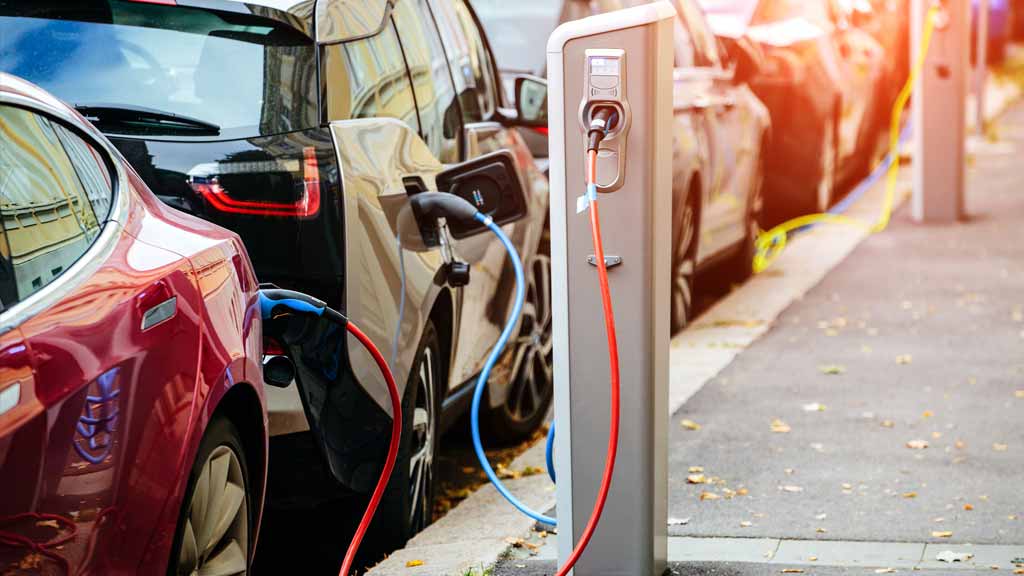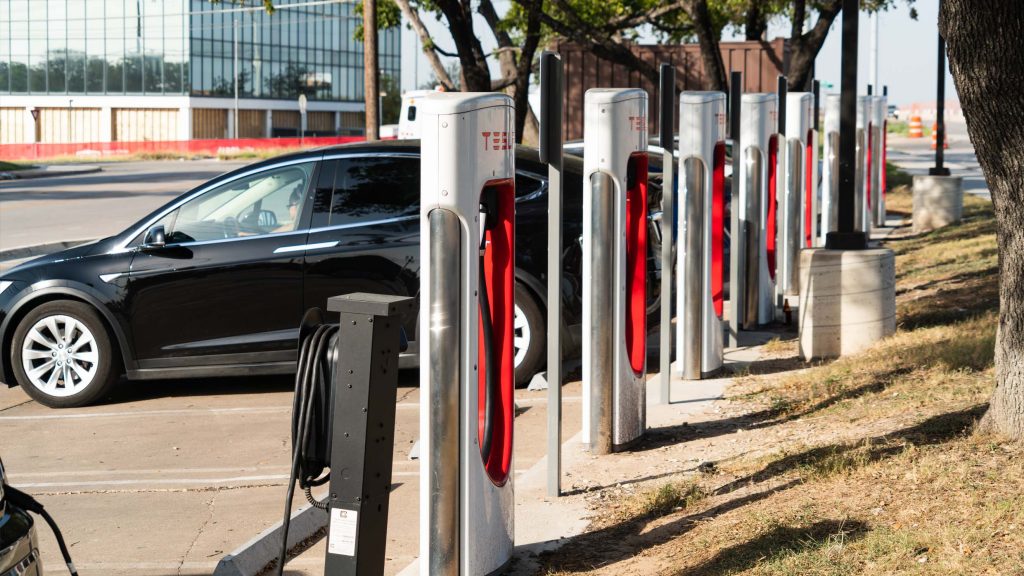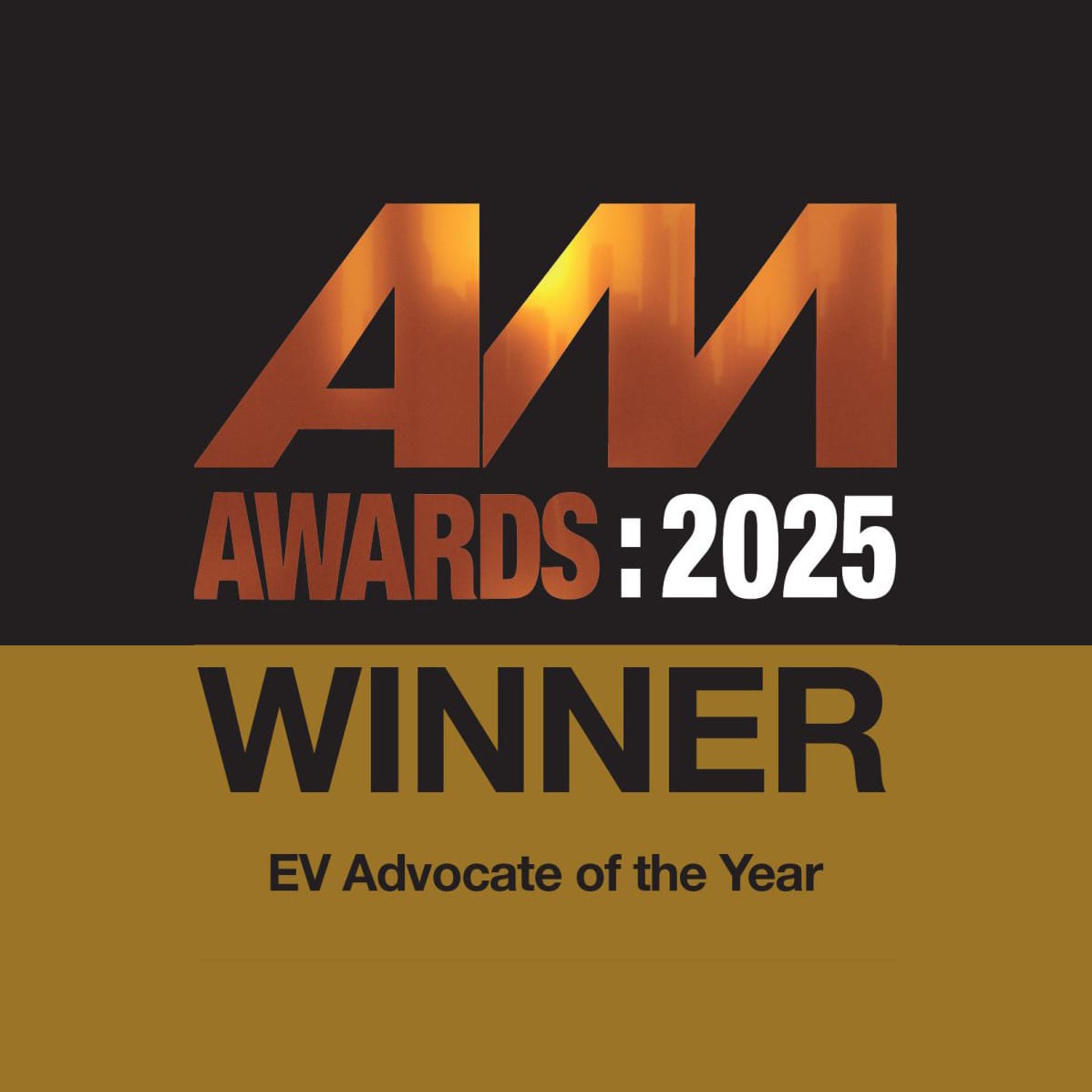Some Things To Remember
- Installing public chargers is different to installing private ones
Streets are public spaces and are managed by your council. They are the highways authority and control what is installed on it, they also usually own it. Private companies and individuals are not permitted to install privately owned equipment on roads and pavements without the council’s agreement.
Charge points installed on the street must be available for everyone to use. To ensure peace of mind between neighbours it is advised that councils install several charge points per street. This makes access easier and avoids conflict.
Your council will evaluate the suitability of your street. The location of the charger will depend upon:
1. Demand
Councils will look at resident’s requests and prioritise them. They will be considering things such as air quality gains and social considerations such as supporting people with disabilities who may rely on their vehicle to maintain independence. Councils are generally very aware they need to put charge points where there is a local need. Your request as a new EV owner is helpful to them.
2. Technical feasibility
The company undertaking the installation work with assess a number of technical requirements including:
- Electrical supply available to power the charge
- Condition of the internal wiring
- Size of the lamppost –enough room for extra fuses and charge point electronics
- Position on the pavement. If the lamppost is at the back of the pavement, Often the charge point will be housed in a small bollard at the kerb
- Local parking conditions
The installation process is quick. An experienced installer can install and commission the charge point in under an hour.
Remember though that it can be a lengthy process and councils have been stretched by coronavirus so you will need to be patient! The Government funding is available to local authorities until 31 March 2023 so the time is now to act.











